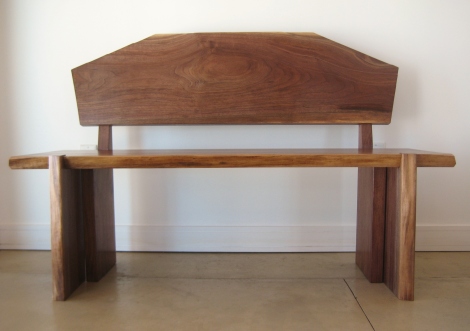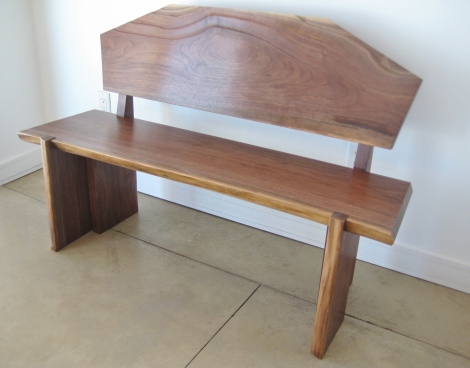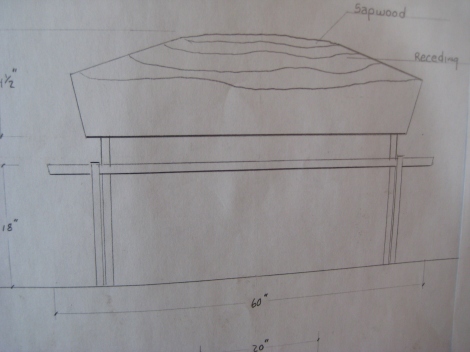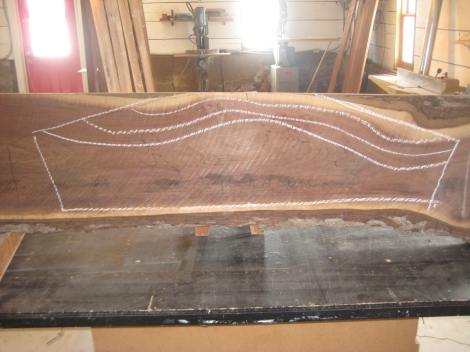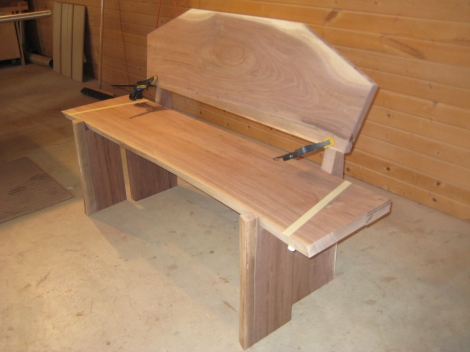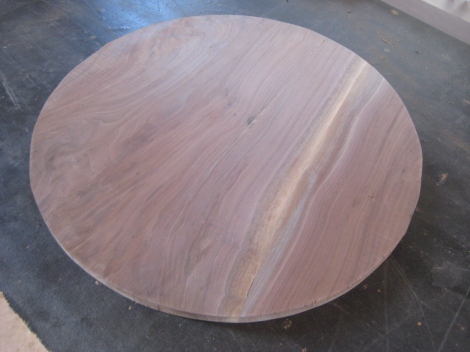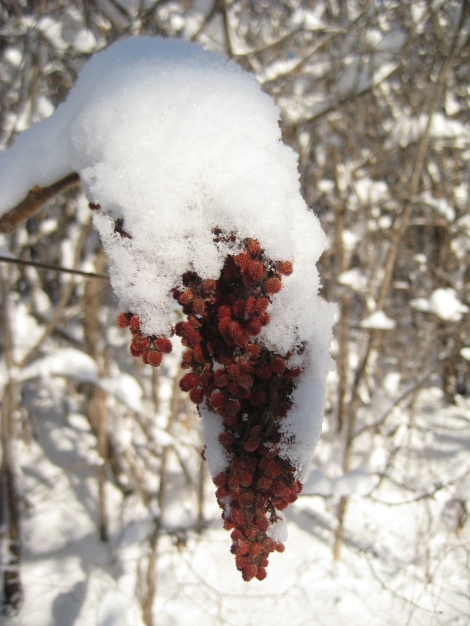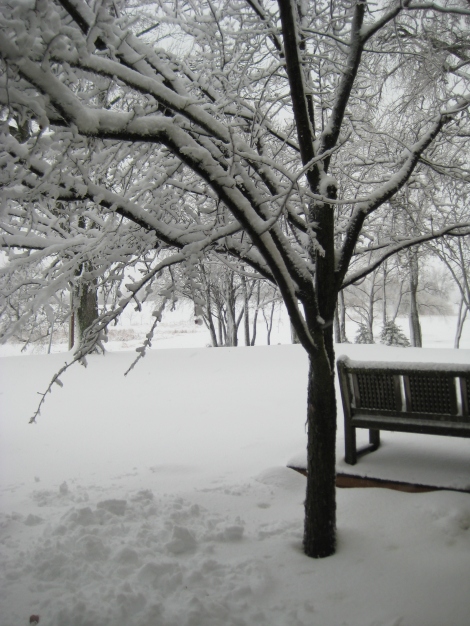Labyrinths
Labyrinths have been used by cultures throughout history, but modern labyrinths are built to help people relieve stress by creating a space to meditate. A labyrinth is not a maze even though the two terms are often used interchangeably. A maze has multiple paths, entrances, exits, and dead ends. In contrast, a labyrinth has one entrance and exit, and a single path that leads to the center.

Labyrinth at Wychwood (Photo credit: brewbooks)
The goal of the labyrinth is that you lose yourself in the moment and enjoy the journey of the path, relieving stress and enjoying the space.
We have chosen a circular labyrinth shape. A round garden can be a visually pleasing alternative to the traditional rectangular garden. A circular garden can be pleasing to the eye, and also functional and easy to maintain. A circular garden plot doesn’t necessarily use less land, but it can make it easier to reach the vegetables to tend to them. Create walkways that are two feet wide to give you room to move and work, and dig vegetable beds no wider than four feet to assure that you will be able to tend the garden as necessary.

Triple spiral labyrinth (Photo credit: Wikipedia)
Planning
There are endless possibilities for designing your garden. We chose a spiral design. The spiral garden creates a labyrinth where vegetable beds encircle the garden paths so as you walk, there are vegetables on either side of you. Planting knee-high vegetables within the spiral allow you to see the spiral shape from a standing position which adds to the beauty of the garden.
Our garden is 25′ X 20′ plot. We use the herbs and vegetables for our Bed and Breakfast/Guest House meals as well as for our personal cooking. Since we run a Guest House, we want our garden to be a place that is inviting to our guests, and a comfortable place for them to enter and pleasing to look at from a distance.

Labyrinth Vegetable Garden Plan
Plants
We have chosen six different plants, based upon what we typically use for cooking. We cook with tomatoes, peppers, onions, lettuce and basil. We will also plant one vine type plant, a pole bean plant, to be placed in the middle of the circle as a focal point. The vine will be supported by a trellis or obelisk.
We’re excited and can’t wait to start planting! We just need to melt this 23″ of snow first…
45.056932
-94.047608
